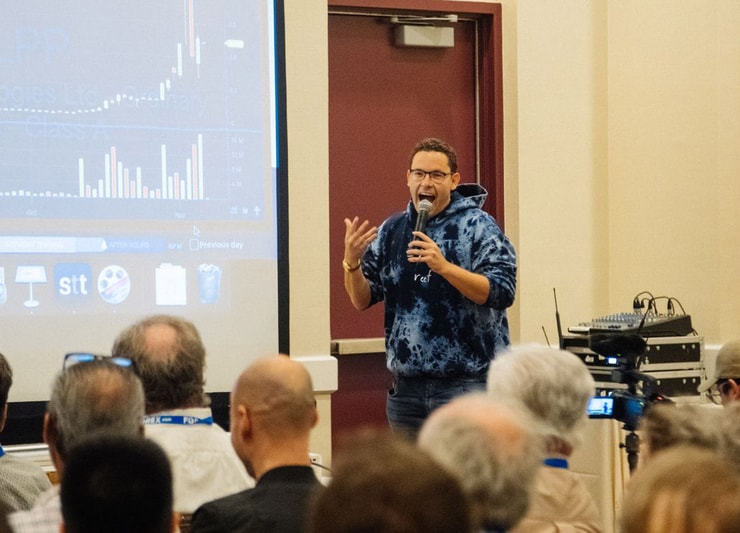Attention all traders:
The market dipped last week for a variety of reasons …
- The main reason is persistent U.S. inflation.
- Middle-east conflicts are also rising. On Friday, Israeli intelligence alerted a possible strike from Iran.
- Trade tensions are rising between the U.S. and China.
This is important market information. Even if it might not be fun to learn about. Here’s why it matters:
Three out of four stocks follow the market.
Take a look at the S&P 500 ETF Trust (NYSE: SPY) chart below, every candle represents one trading day:

When the market is bearish like this, it’s more difficult for stocks to spike.
But we can sidestep this bearish momentum if we focus on the best plays.
Stick with me, I’ll clue you in …
We have to pay attention to the hottest sectors. And right now we’re seeing a lot of cheap oil & gas runners. Here’s why:
- Summer months mean more people are traveling. Demand for oil goes up.
- Middle east tensions are exacerbating these volatile movements.
You might remember, in 2022 when Russia invaded Ukraine, Houston American Energy Corporation (AMEX: HUSA) spiked 1,000%.
We saw similar moves when Hamas struck Israel on October 7, 2023.
Conflict in those regions has a big effect on oil prices.
The past few weeks of Houthis attacks on oil transports and the recent threat of an Iran strike on Israel are reigniting the oil & gas sector in a BIG way.
Small Account Opportunities

2025 Millionaire Media, LLCWe NEVER advocate for strife and conflict in the world.
But the reality is that certain conflicts can create profit opportunities in the market. And as traders, it’s our job to identify those opportunities.
Take a look at the 1,000% spike on HUSA when Russia invaded Ukraine in 2022. On the chart below every candle represents one trading day:

And it’s worth noting that HUSA started to spike again last week on Friday. I included a chart of the 60% move below.
Every candle represents 1 minute:

But HUSA isn’t the biggest oil & gas runner in our niche right now … My #1 watch for Monday morning is Indonesia Energy Corporation Limited (AMEX: INDO).
The price spiked 110% on Friday. Almost double the spike from HUSA that day.
And the float is only 4.7 million shares.
Trade Tip: A float below 10 million shares shows a low supply. And the low supply helps prices spike higher when demand increases.
We make sure to focus on the best setups: Low-float runners.
Take a look at the spike on INDO from Friday, every candle represents one minute:

Pay attention to INDO again today!
And keep an eye out for any other low-float runners in the oil & gas sector.
Your Live Market Updates

2025 Millionaire Media, LLCWe’re tracking the hottest stocks in the market LIVE every day.
- INDO could be the play to make today.
- HUSA could push higher too.
- We might see another opportunity on a different oil & gas stock.
- It’s also possible the oil & gas sector takes a break today and we see a resurgence of AI and biotech plays.
We have to trade what’s hot.
Most new traders have no idea what they’re looking at when the market starts to move.
Join our live streams this week and I’ll point it out.
I’ll see you there,
Cheers.
*Past performance is not indicative of future results.








Leave a reply